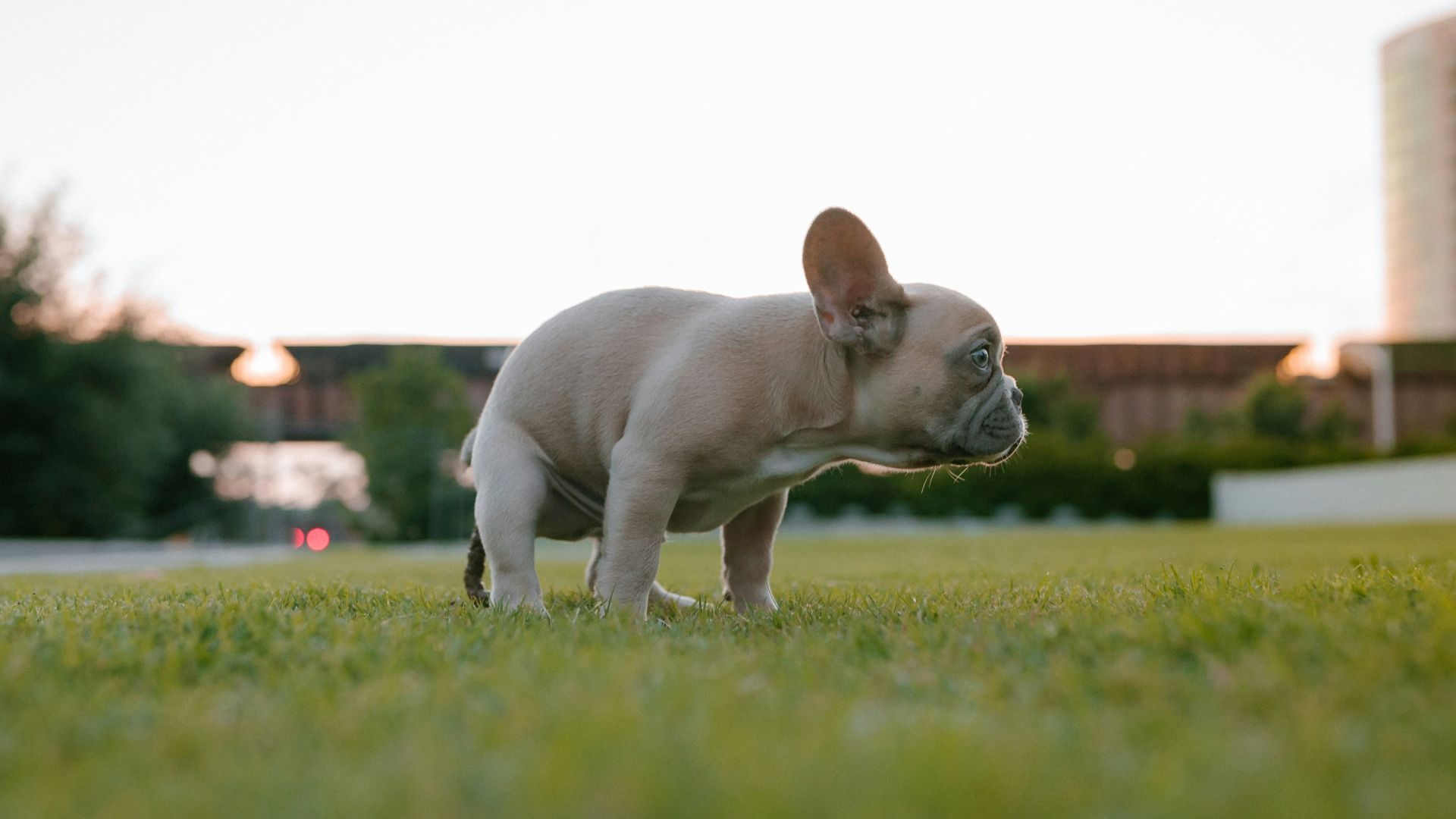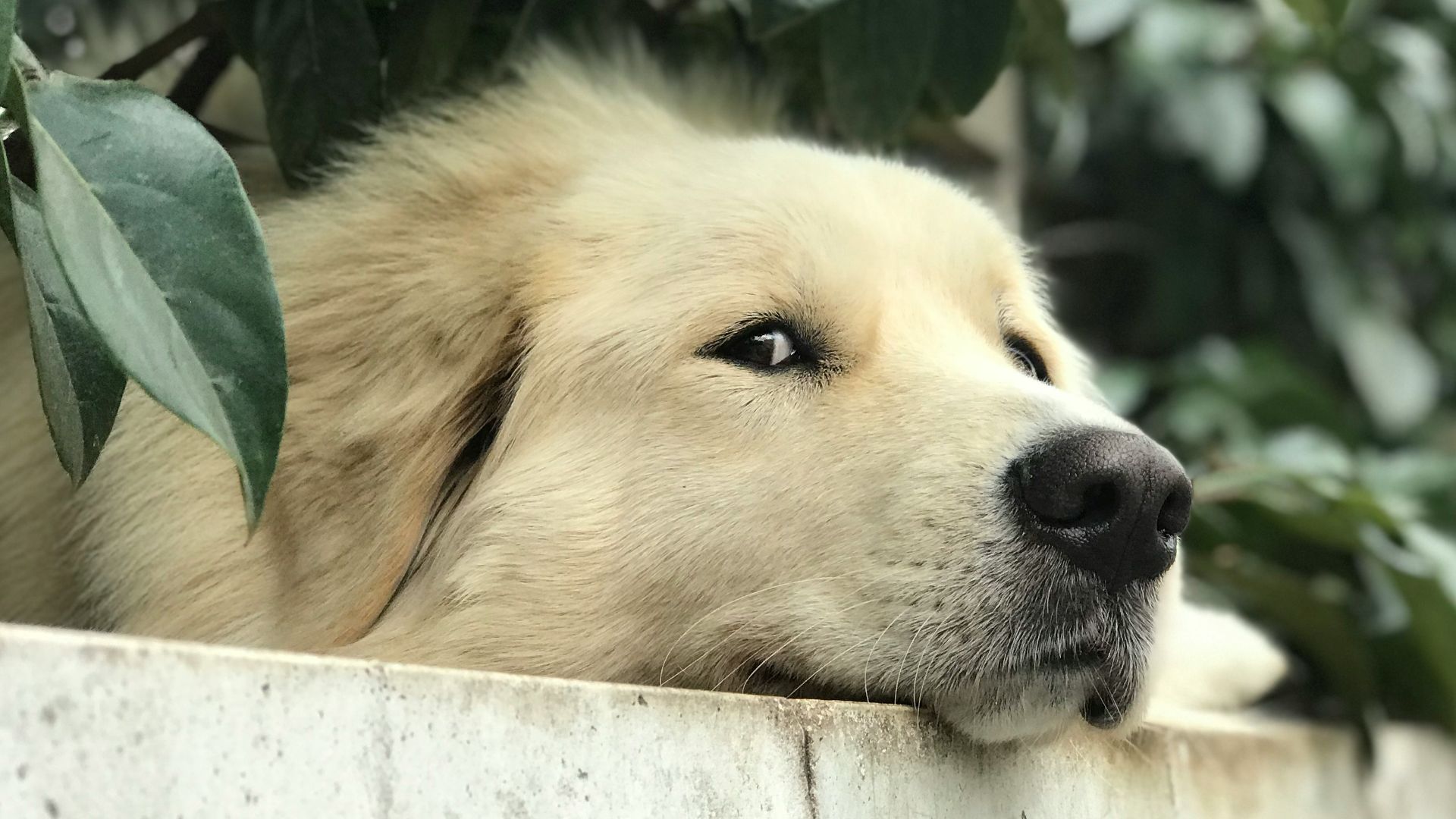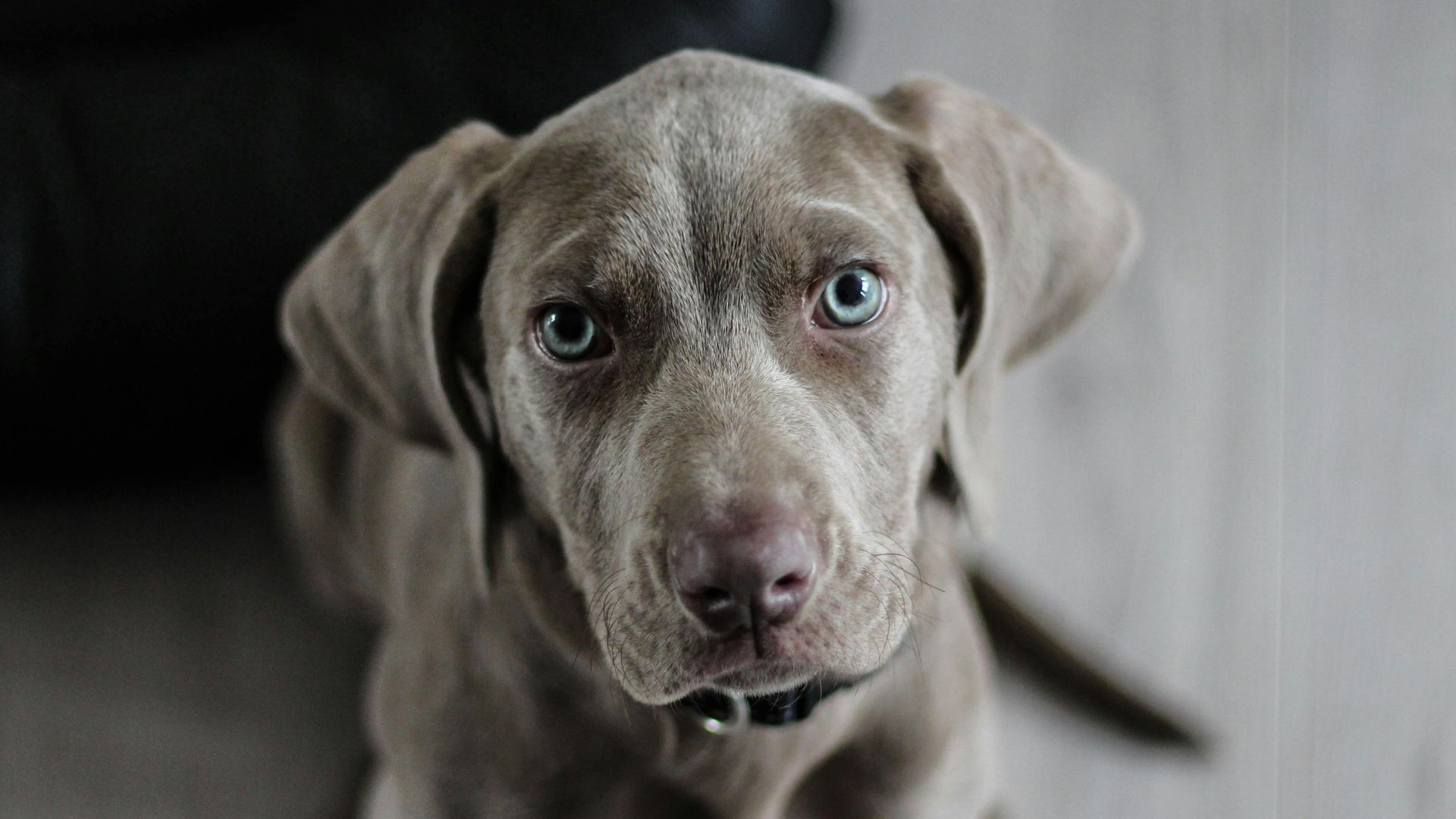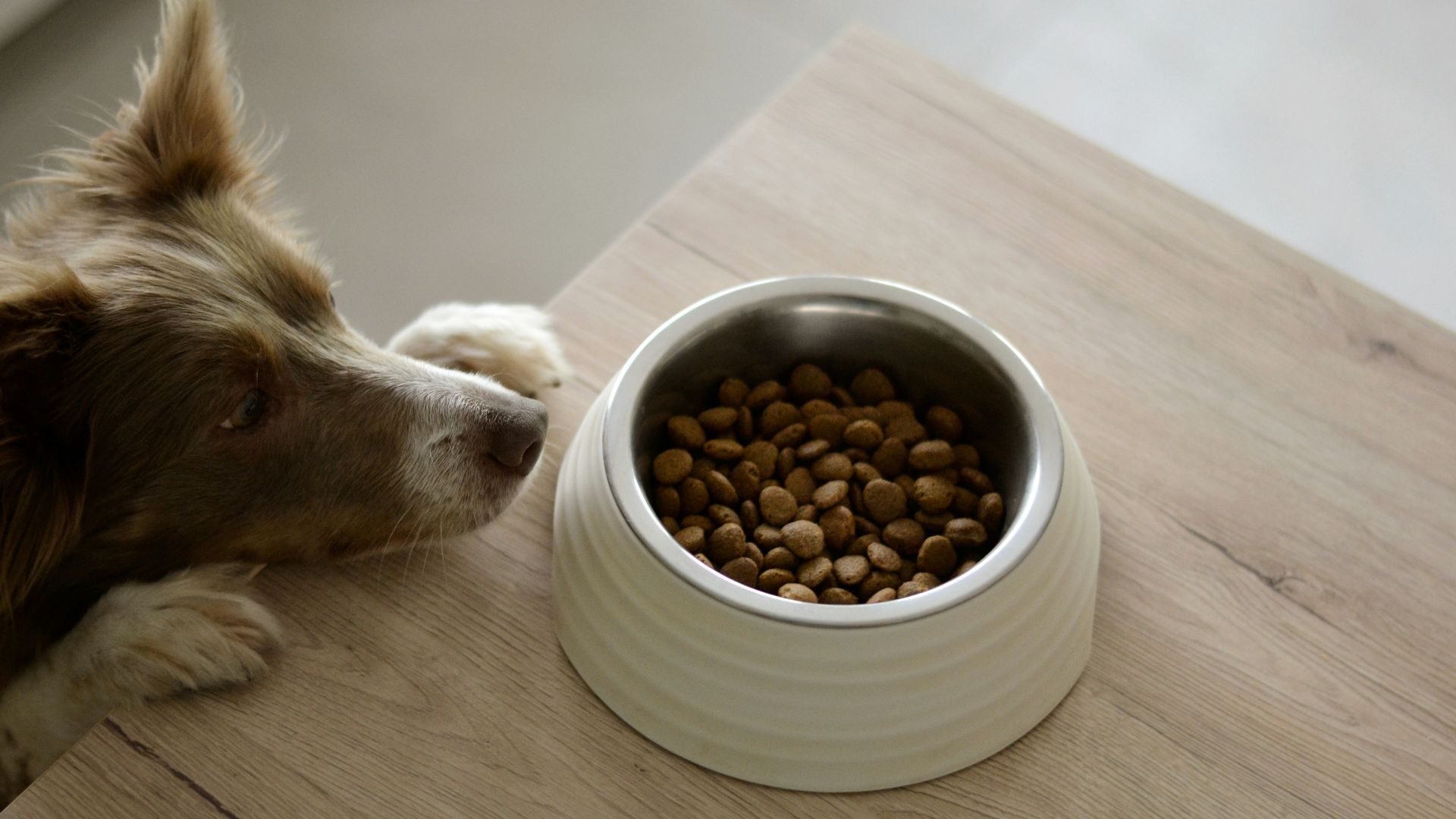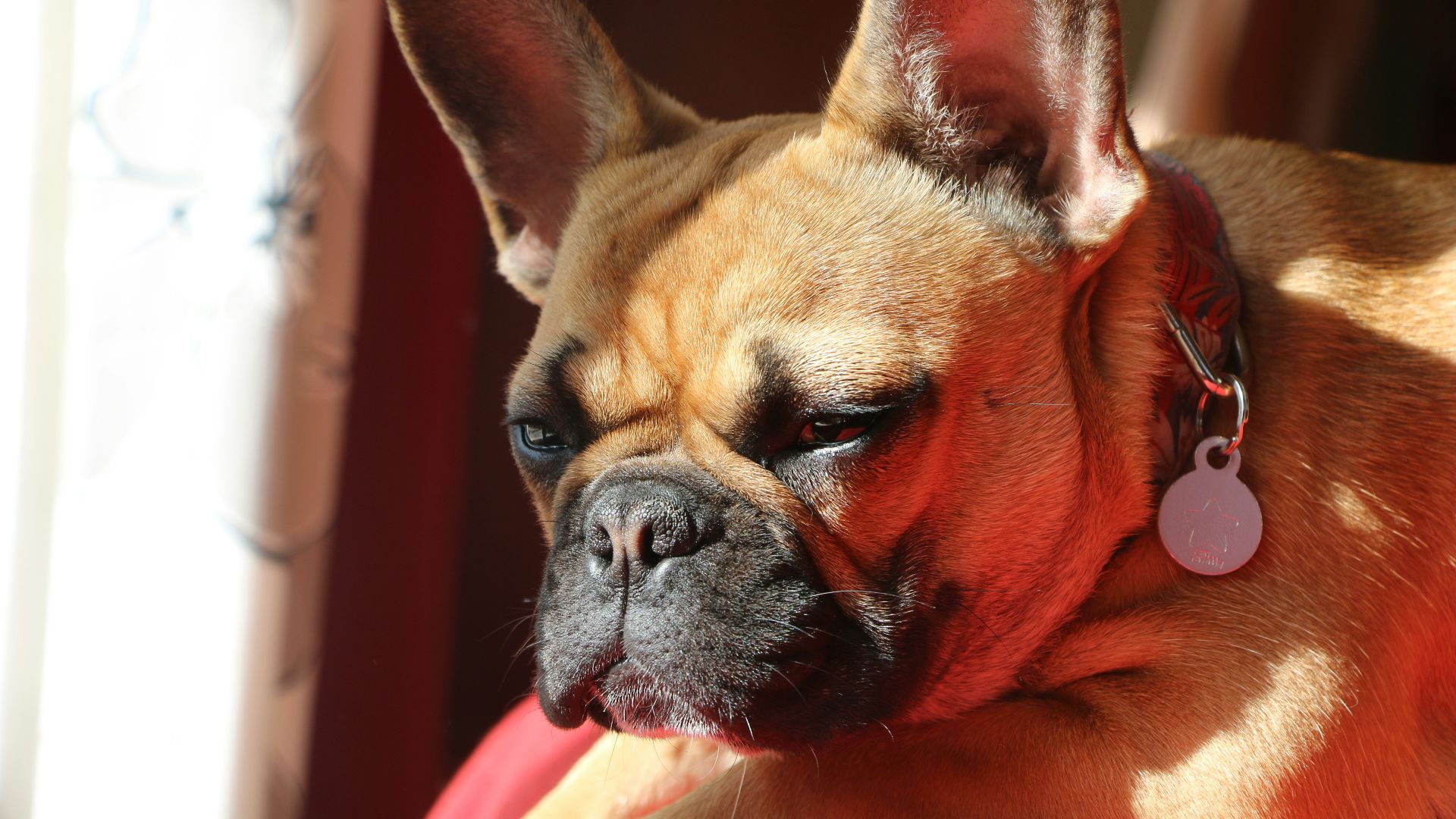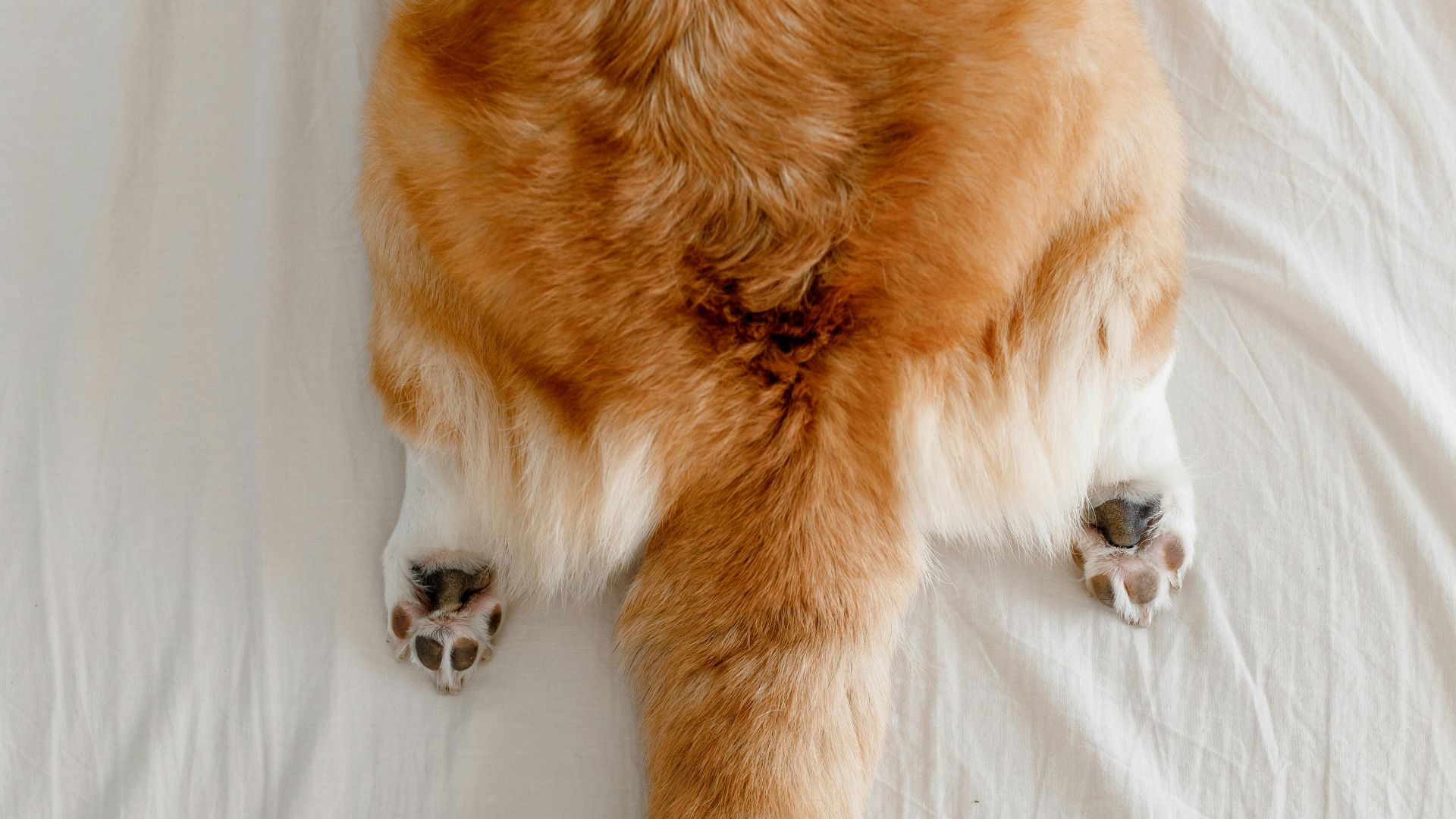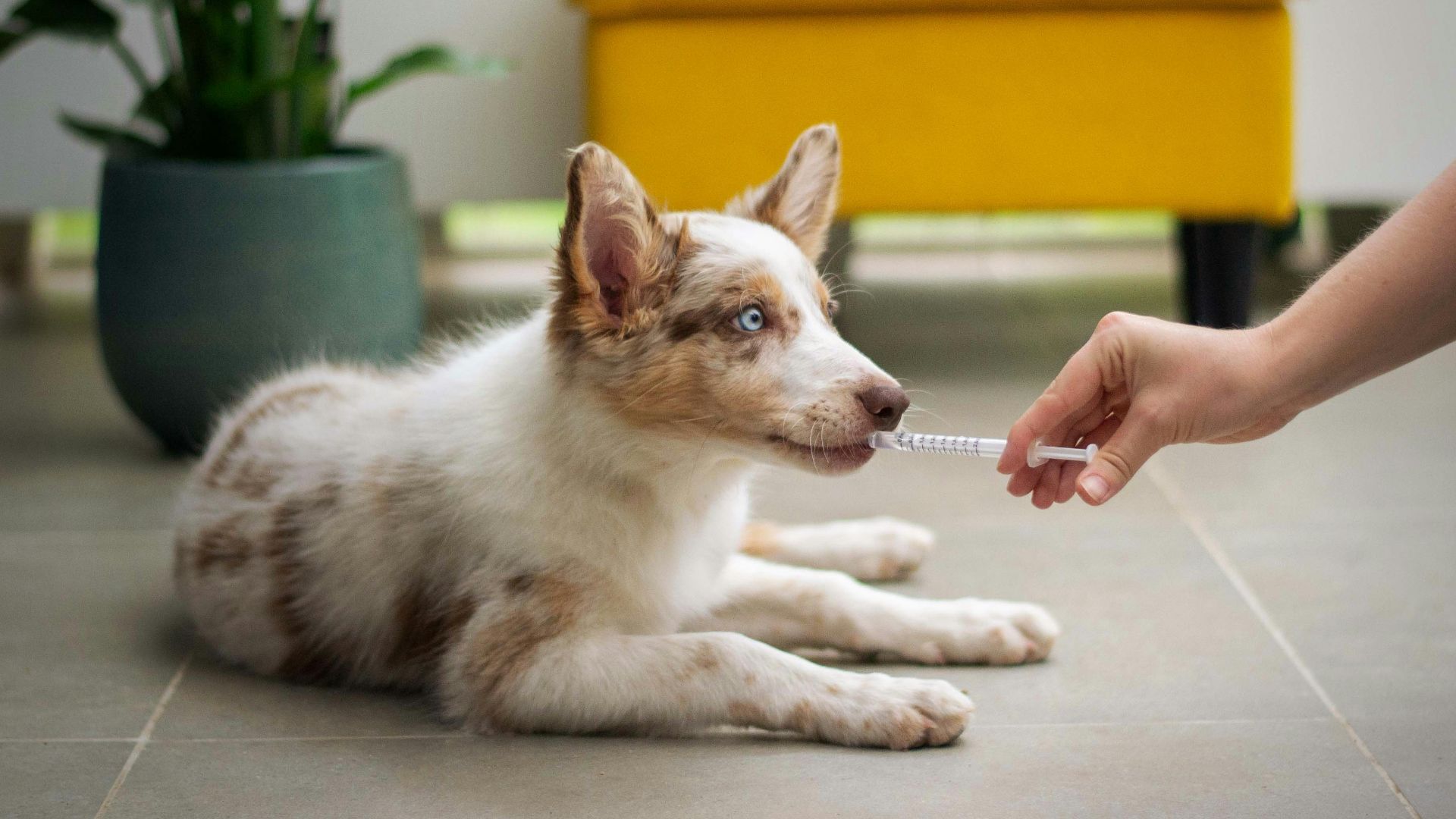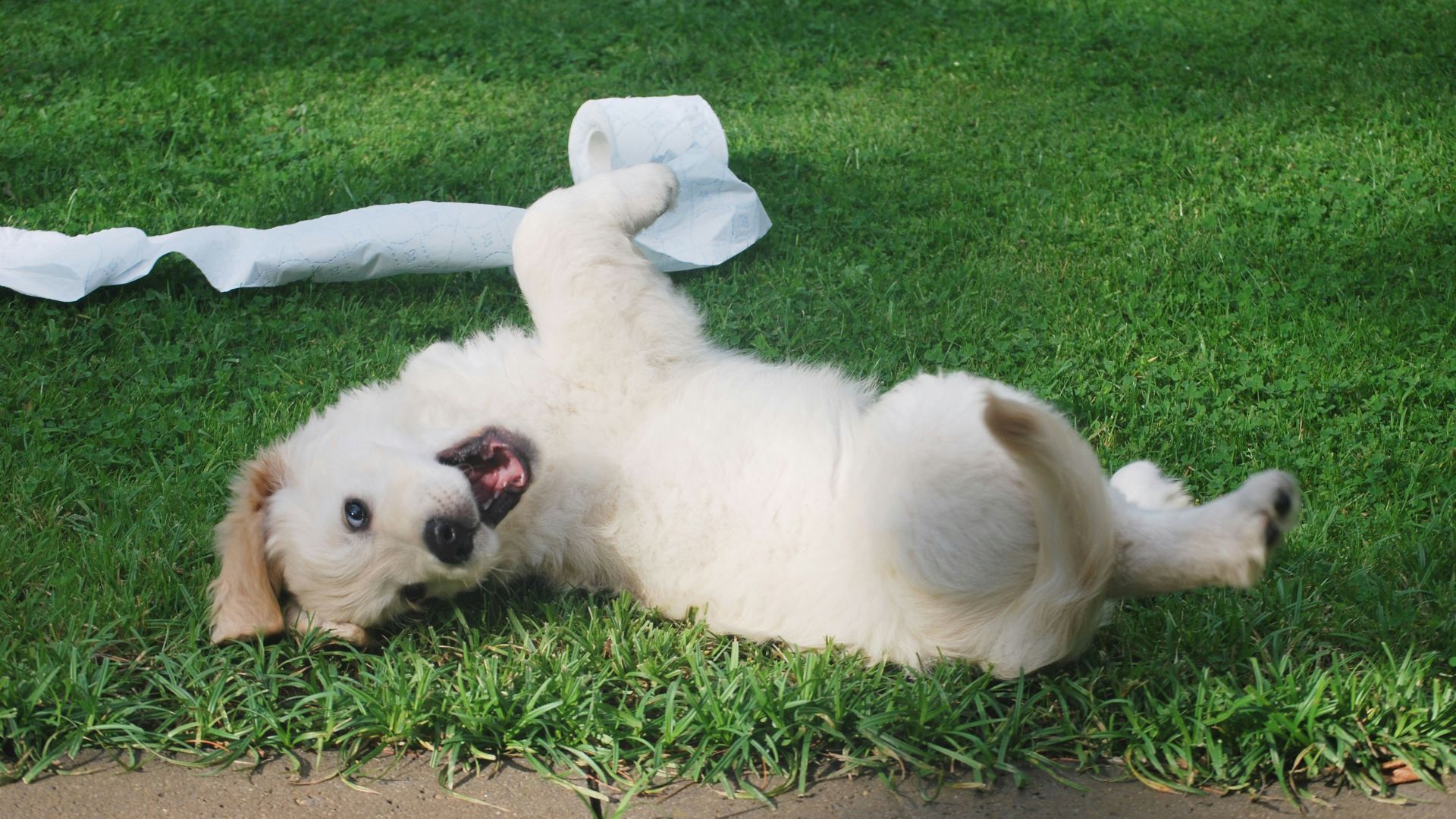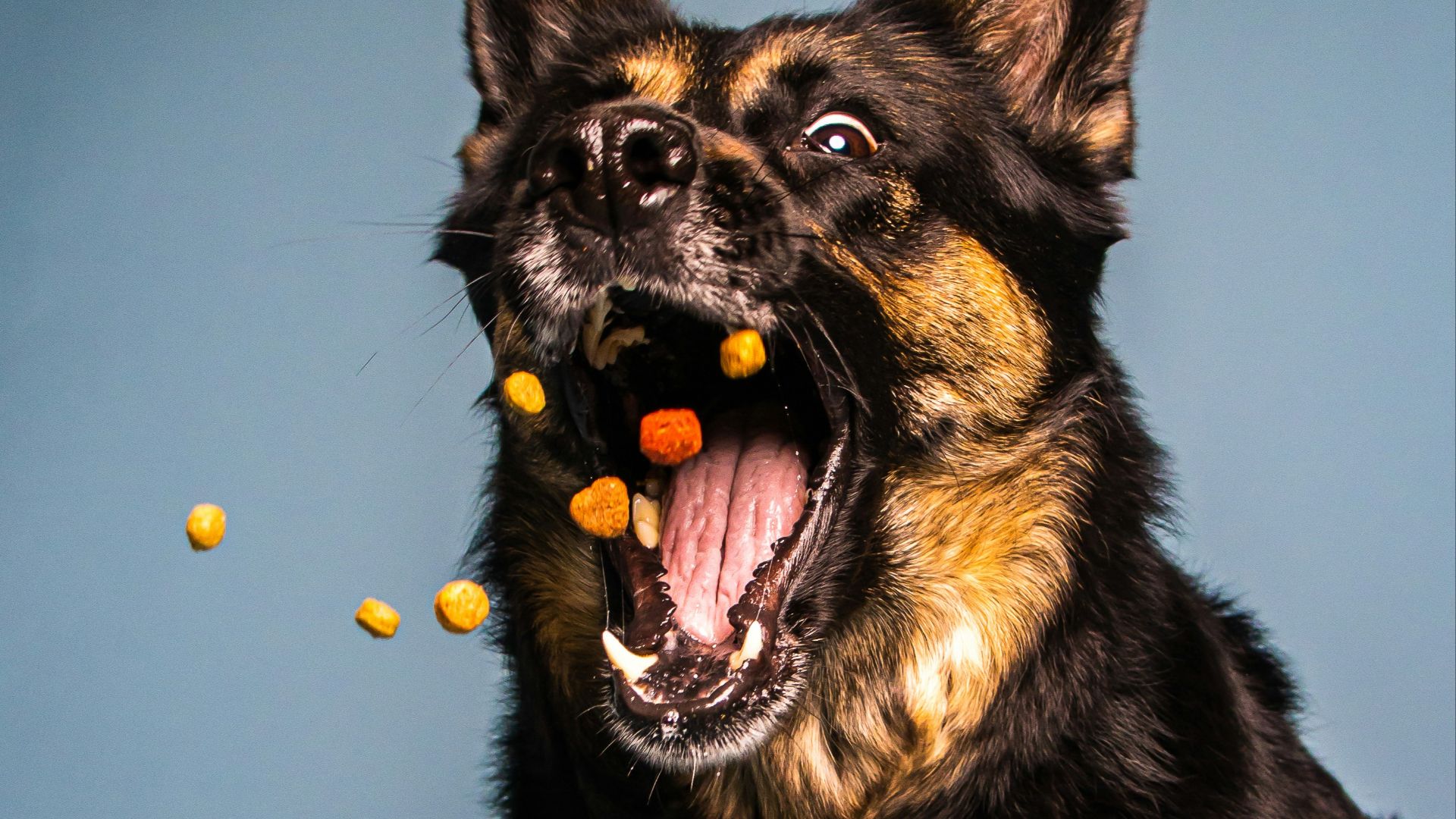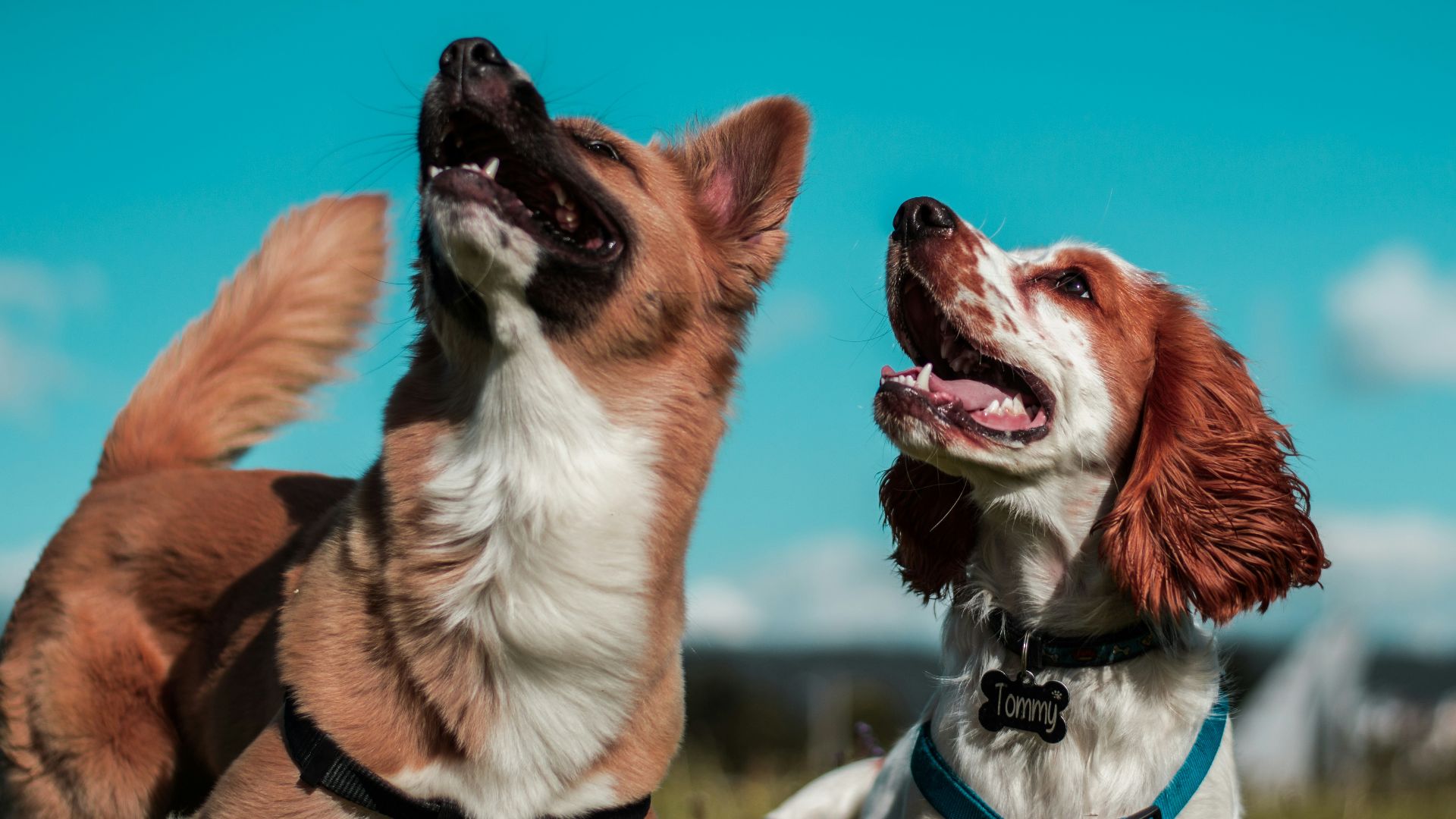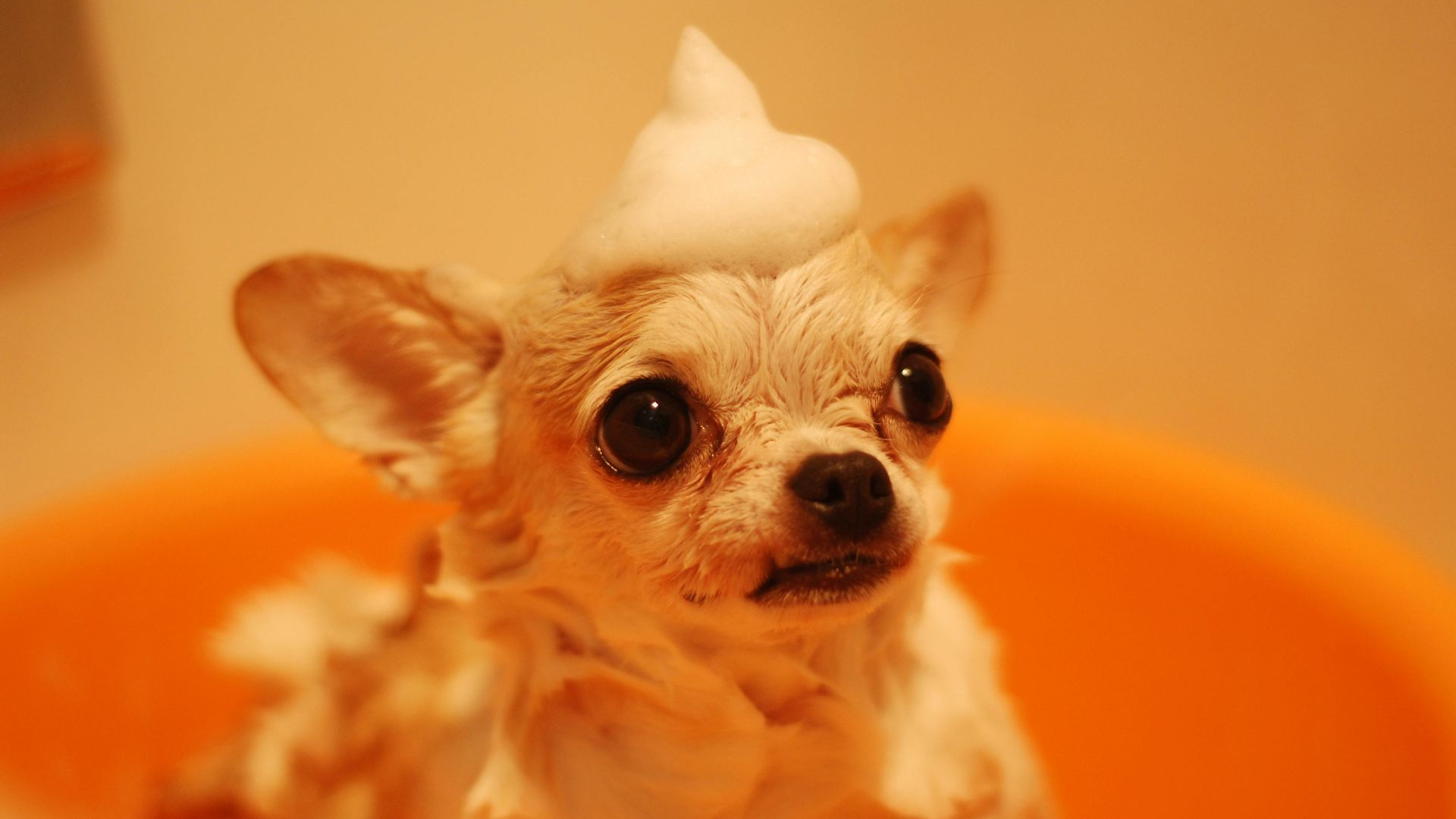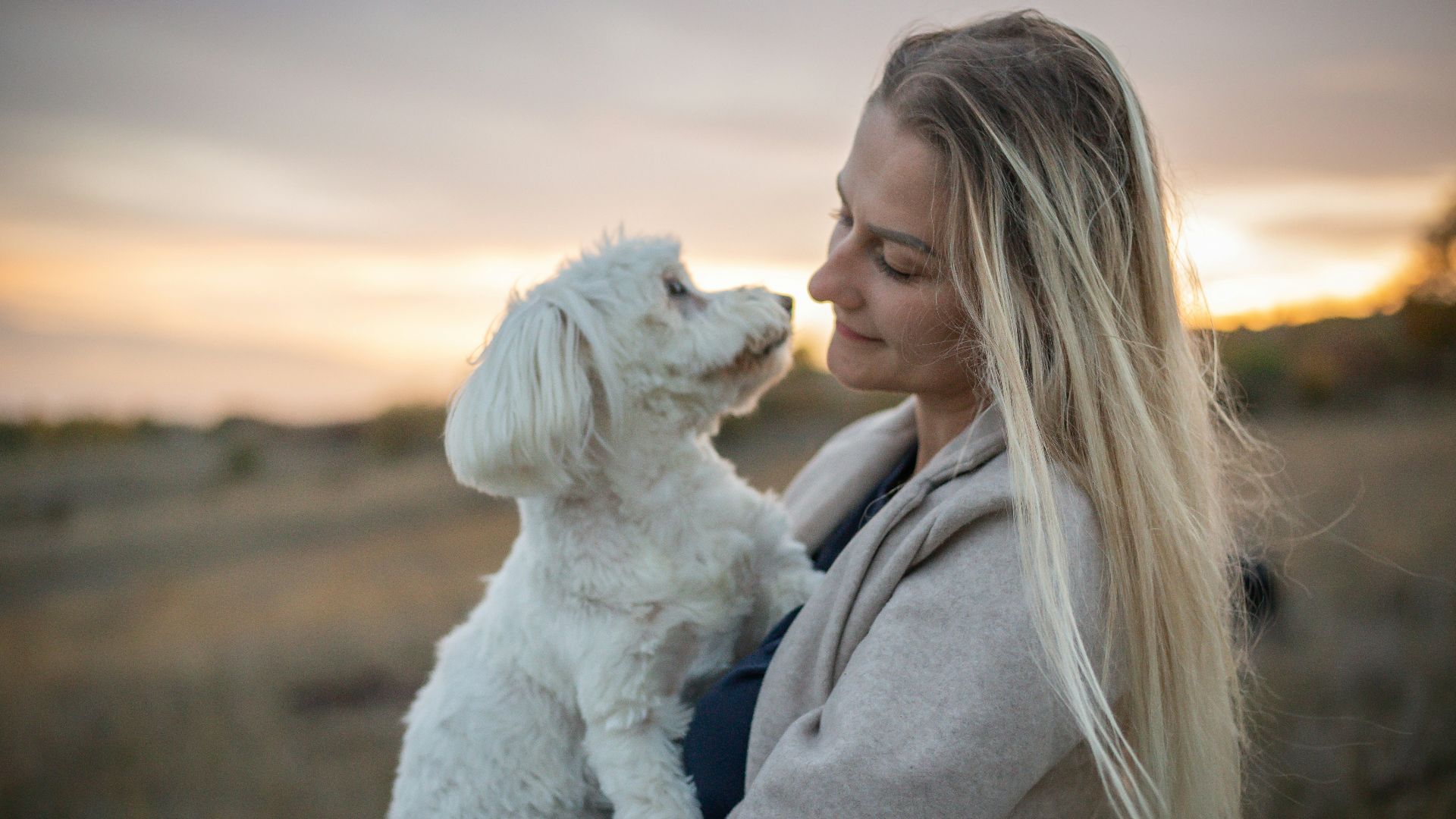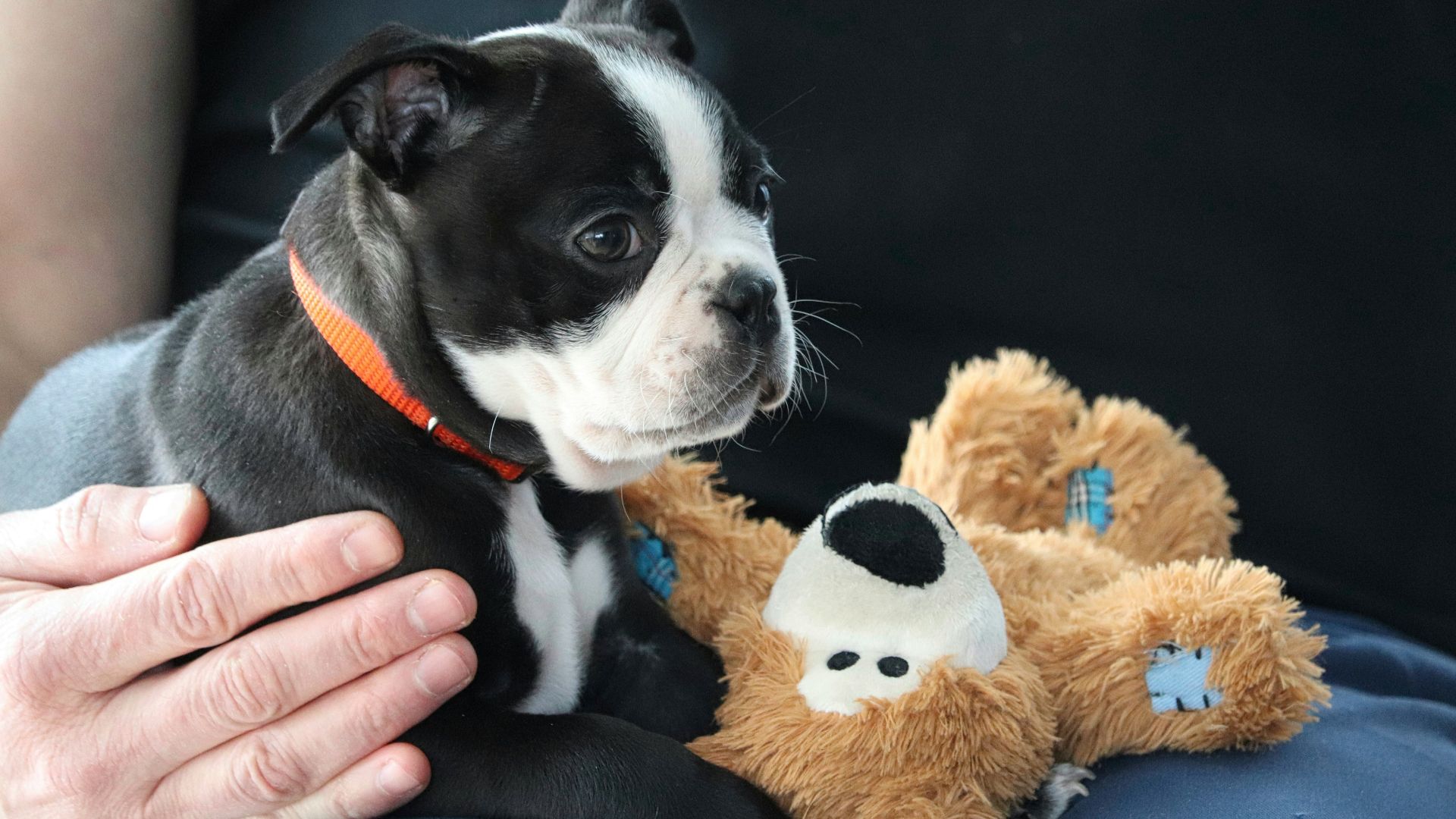Hey, What’s That Smell?
Giardia may be a common parasite, but it’s no joke when our furry friends contract it. Between antibiotics, vet bills, and diligent cleaning, this highly contagious ailment affects nearly everyone—including humans, who can also contract it! To keep you and your pooch safe, let’s explore some classic symptoms and a few effective ways to get rid of Giardia for good.
 Pasqualino Capobianco on Unsplash
Pasqualino Capobianco on Unsplash
1. Diarrhea
Microscopic parasites are more than enough to cause diarrhea in dogs. If you notice your dog has runny stools (or overly soft ones), it’s worth keeping an eye on. While messy stools aren’t always cause for concern, they’re often the first sign of trouble.
2. Mucus in Stool
If your dog has Giardia, you’ll know it. Excessive mucus is never good, but the silver lining is that it’s usually a warning sign of tummy troubles, particularly Giardia. Book a vet appointment if you notice any inconsistencies in your dog’s waste.
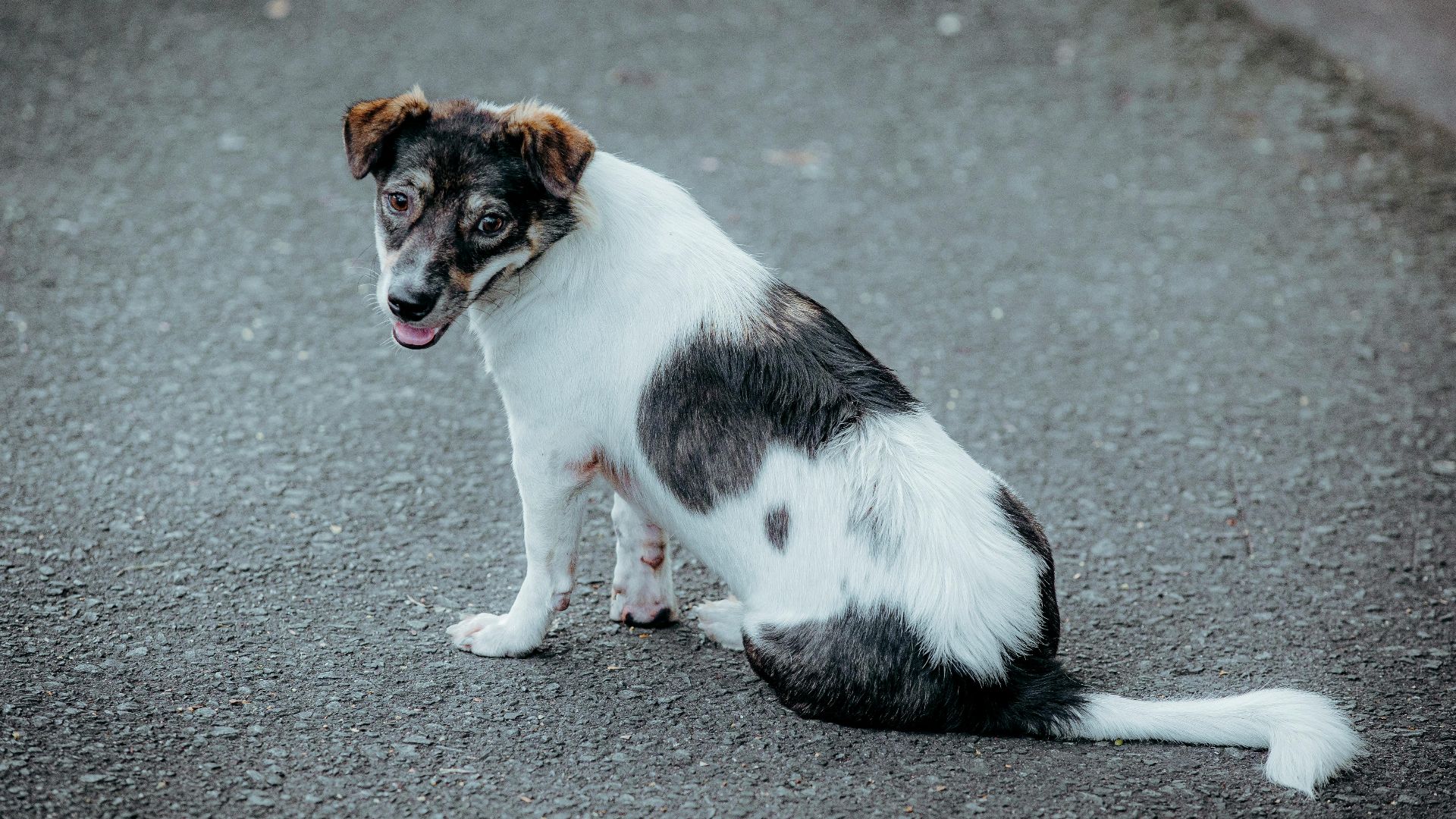 🇻🇳🇻🇳Nguyễn Tiến Thịnh 🇻🇳🇻🇳 on Pexels
🇻🇳🇻🇳Nguyễn Tiến Thịnh 🇻🇳🇻🇳 on Pexels
3. Weight Loss
Giardia affects more than just their stool: it’ll also affect their weight. With runny stools and a loss of appetite, don’t be surprised if your beloved friend sheds a few pounds. Monitor their weight and bring them to the vet if you notice rapid drops.
4. Strange Stool Colors
As if the consistency wasn’t bad enough, your dog’s stool may also have weird colors. Anything with green or yellow tinges is cause for concern, so keep an eye out for uncommon shades; those two in particular often signal Giardia.
5. Particularly Bad Smell
Pet parents know everything about their dogs—including all the odors. Dog owners know the difference between regular waste and something particularly rancid, which is another warning sign to be aware of. If your dog’s waste smells especially bad, it might mean there’s more than meets the eye.
6. Dehydration
Pups battling Giardia don’t always drink as much as they should, so pay close attention to their hydration. This one’s especially important because dogs with diarrhea need proper hydration to stay healthy, and when something impedes that, it causes even more harm.
7. Poor Coat Appearance
Pets and parents alike take pride in a healthy coat, but Giardia does a serious number on shine. Look out for anything from rough to thinner coats, and bring your dog to the vet if you notice anything strange.
8. Lack of Appetite
It’s one thing to lose weight, but it’s another to stop eating. If your furry friend starts ignoring their bowl, it’s time to book an appointment. Even if it’s not Giardia, a loss of appetite is usually a strong indicator that something’s amiss.
9. Vomiting
Unfortunately, our poor pups feel it from both ends with Giardia. While not every dog suffers from this symptom, plenty can experience it when infected. Dogs with both diarrhea and vomiting spells should definitely be brought to the vet.
10. Excessive Gas
We’ve all endured the odd dog toot, but Giardia can cause excessive gas. Pups battling these nasty parasites can pass wind more often, and it’s something to keep an eye (and nose) out for.
That said, symptom recognition is only half the battle! Responsible pet owners can effectively clear Giardia, but it’s not always easy—unless you know what to do.
1. Head to the Vet
First and foremost, your pooch needs to see the vet. You’ll likely need to test a stool sample, and from there, your vet can diagnose any issues. Be aware of added costs, however: some clinics charge more for in-depth stool samples.
2. Medication
Giardia won’t ever clear on its own, which is why it’s so important to visit your vet. Depending on the severity of your dog’s condition, you’ll likely go home with antibiotics and a strict schedule for administration.
3. Proper Cleaning
Good vets will also provide pet parents with proper cleaning techniques. Remember: Giardia is highly contagious, so you’ll need to keep on top of it to avoid reinfection. Anything from good dog hygiene to disinfecting your environment can prevent reinfection, so speak with your vet about best practices.
 J. Balla Photography on Unsplash
J. Balla Photography on Unsplash
4. Immediate Pickup and Disposal
We’ve all left a dog patty in the yard (no judgement here), but now’s not the time for laziness. We weren’t kidding—feces-contaminated food, water, or even grass can reinfect your dog, so it’s best to nip the odds in the bud. Pick up and dispose of your dog’s waste immediately.
5. Dietary Changes
They may have parasites, but they’ll eat like tiny royalty until it all clears! To help harden your dog’s stool, your vet may recommend dietary changes. Pups often benefit from bland, easily digestible foods like boiled chicken and rice, so stock up at the store.
6. Probiotics
Popular probiotics like FortiFlora help harden your dog’s stool and put them back on track. Depending on the severity of their parasites, your vet can provide a few packets to a whole box for easy administration.
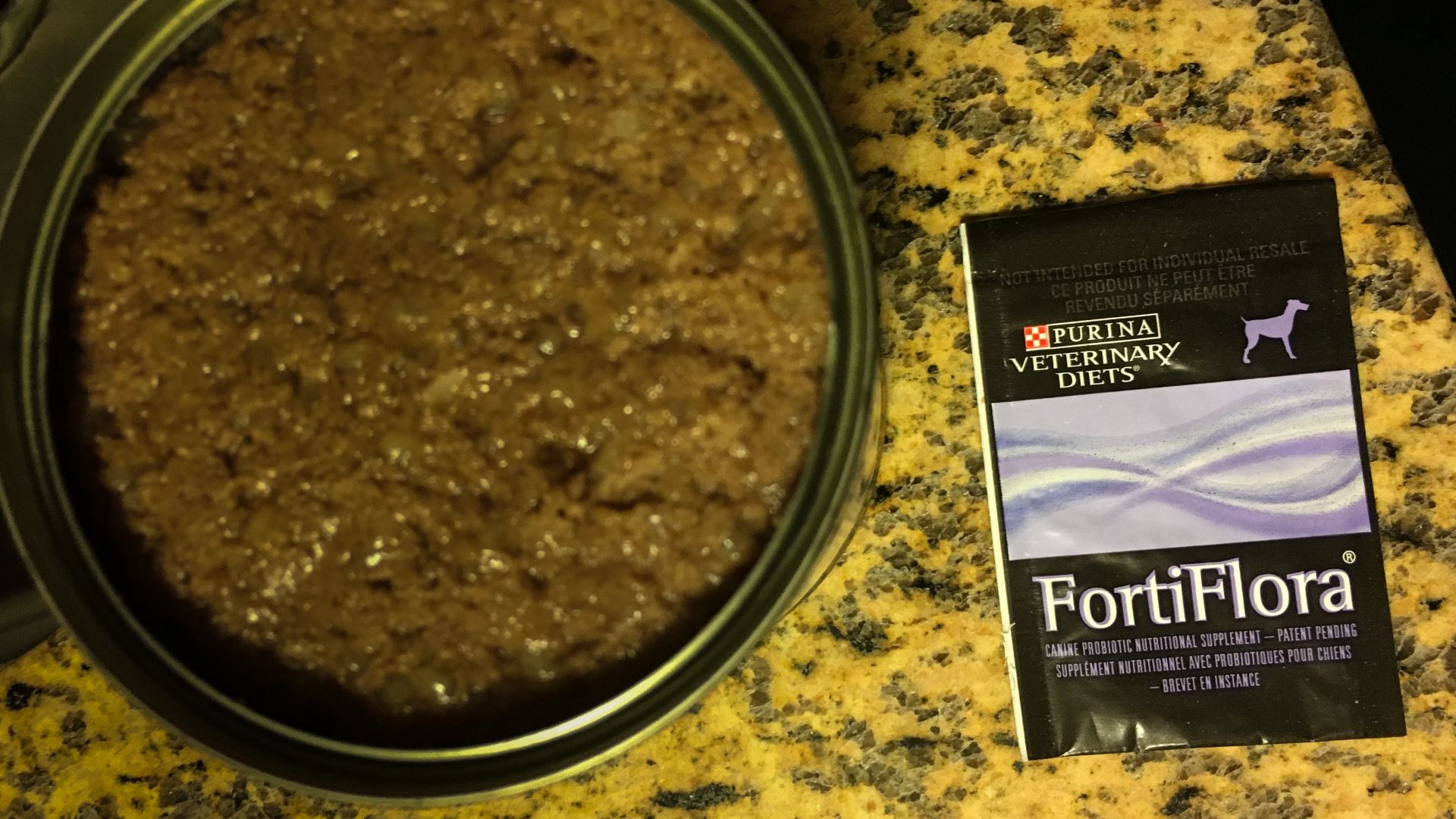 Tony Webster from Portland, Oregon on Wikimedia
Tony Webster from Portland, Oregon on Wikimedia
7. Separation From Other Dogs
If you have other dogs at home, it’s best to keep them separate for now. Don’t introduce your dogs to any new friends or schedule puppy playdates either. The last thing you want is for the infection to spread.
8. Bathing
Nervous pet owners can go a little overboard with bathing, especially if they’ve never encountered Giardia before. However, it’s best to speak with your vet about how often to scrub your dog. Put together an action plan with them before running the faucet!
9. Diligent Monitoring
Medication, a little patience, and due diligence all help to clear Giardia. Pet parents need to monitor everything from their dog’s appetite to their stool consistency and color. Sure, it’ll be a little time-consuming, but most dogs heal in a week or two.
10. Veterinary Follow-Up
Follow-up appointments are just as important as initial ones. After your dog’s done their treatment, your vet will likely want to see another stool sample to ensure they’re in the clear. You may even need to bring two back-to-back, so make sure you speak with your vet!


